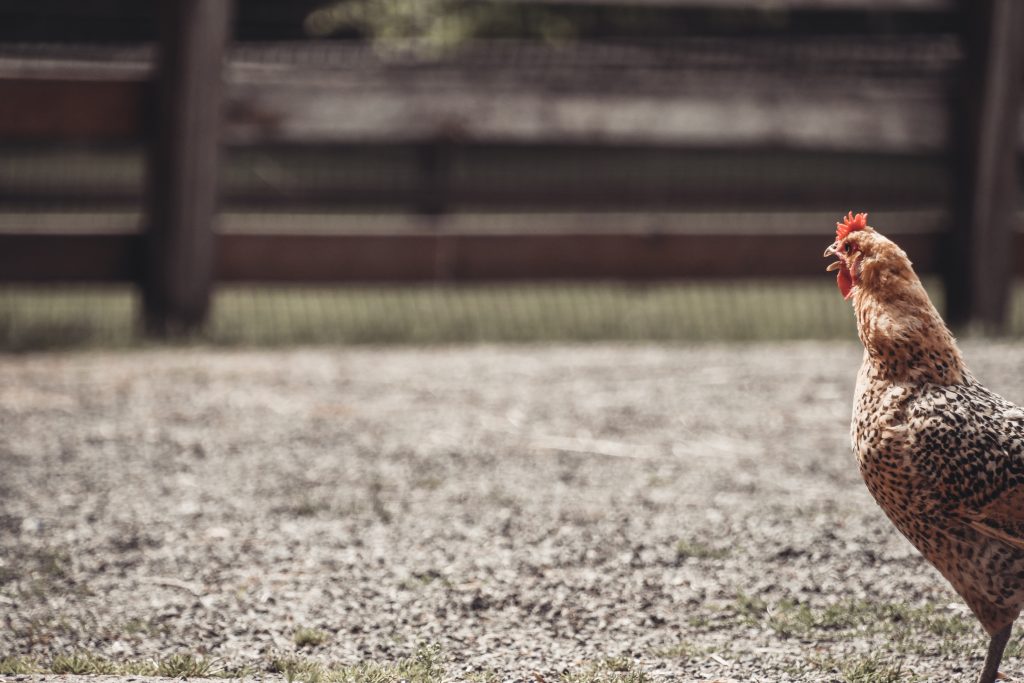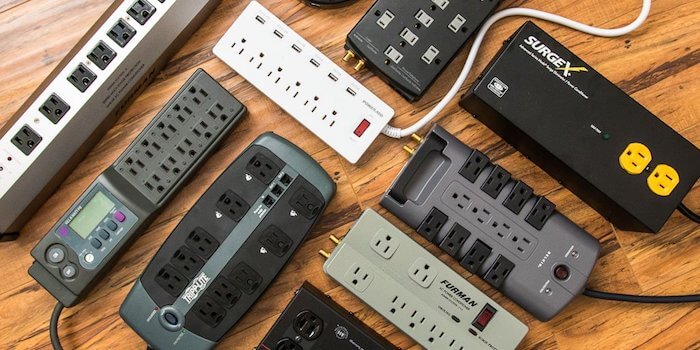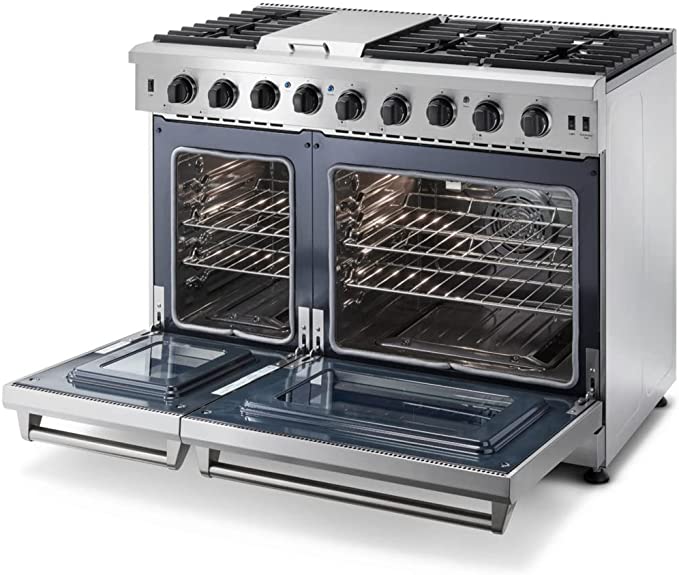Winterize Your Chicken Coop
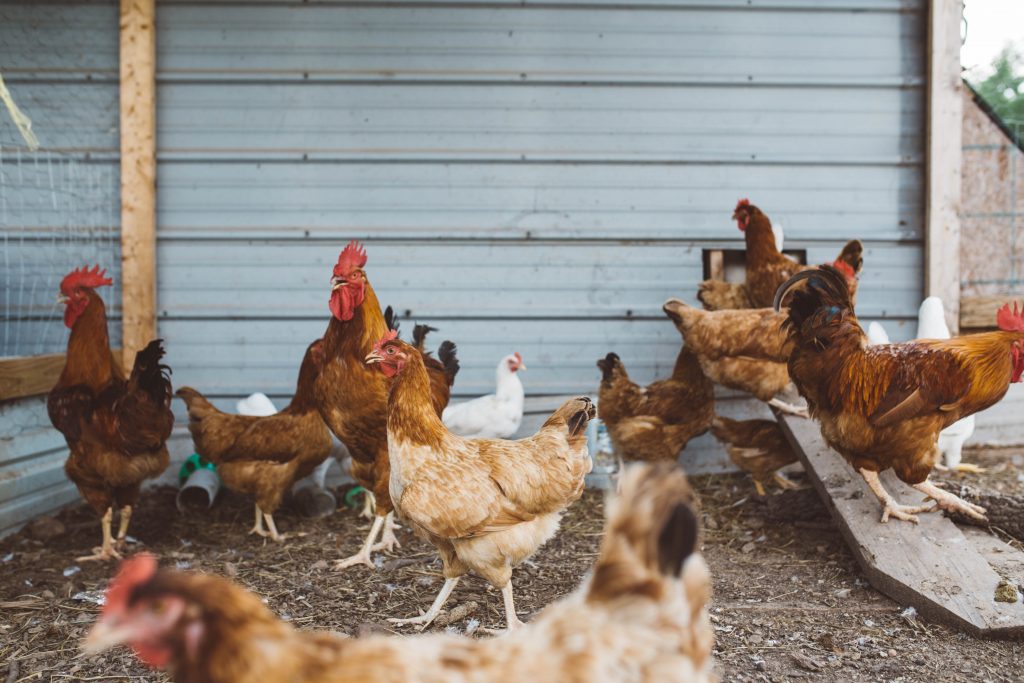
When summer begins to fade away, and winter is just a mile away before it begins, there are a lot of considerations that need to be put in place to ensure that your chicken coop is well winterized to help sustain the chickens during the harsh conditions that are likely to occur.
How to Winterize a Chicken Coop Step by Step
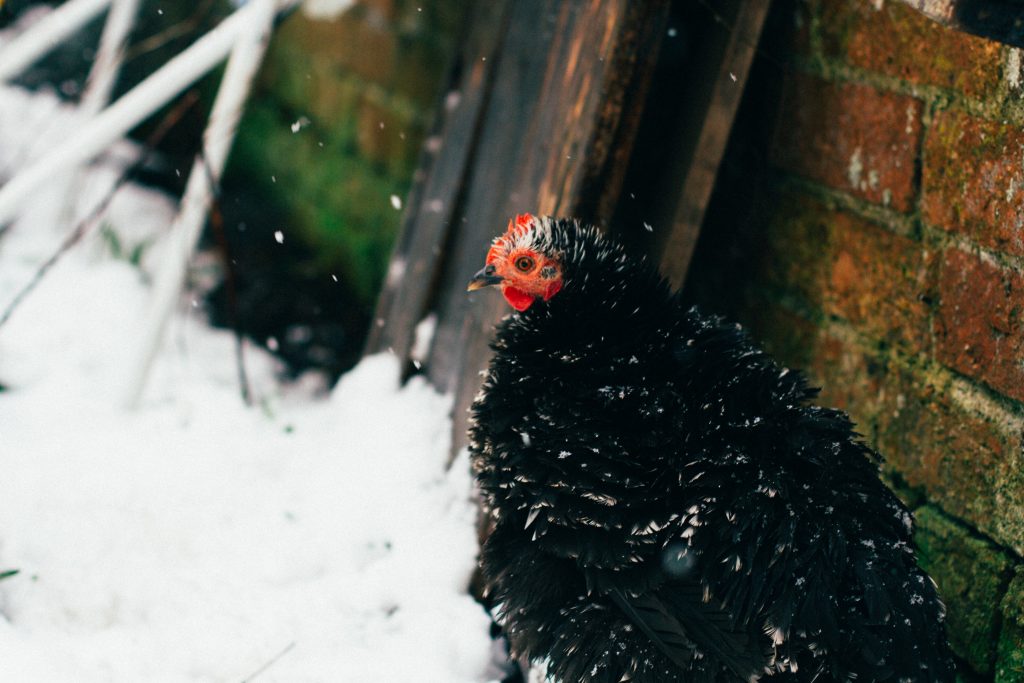
The following process describes the ideal way that will ensure that your chicken coop is well winterized. All these processes that are going to be discussed are inclined to saving you cost and time. Chicken coop winterization can be performed by basically initiating family members to help you in carrying out the task.
Cleaning out the entire Chicken Coop
Cleaning out the chicken coop is one of the many ways that will help out in the whole process of winterization. This activity works, preferably with those using the deep litter method. This practice involves scraping out any visible traces of chicken poop that might be lying all over the floor, walls, and even ladders or staircases that the chicken coop is made of. For those in fear of touching chicken poop, it is recommended to use disposable gloves in many cases.
Adding an extra-thick layer of bedding
The second step in achieving this will entail introducing beddings to the chicken coop. Straw is preferred in most situations, and many will go for the same option for their chicken coop. Most straw pieces are air-filled, which in turn act as a perfect material for insulation. Depending on the size of the chicken coop, in this case, a smaller one, I would recommend using six pieces of bedding in the run and another eight pieces in the roosting area as the winter season begins.
Blocking out the snow and wind
This is well suited for those using an open run, which I believe most people do. Chicken coop made out of hardware cloth does not provide the required amount of barrier that is needed to deal with the winter bazaar. To deal with such, you can go for plastic sheeting so as to block the wind and snow, but this will not last for so long. Plastic sheeting has the capability to be useful for around three years and will thereafter be worn out, forcing you to get another piece of the same material.
In such circumstances, this forces many people to look for other alternatives, and in many cases, plexiglass is preferred for the job. Plexiglass will require you to cut out some pieces that suite the coop openings and used in replacing the areas that required to be filled. When undertaking filling practices, it is also important to take note of some of the precautions that are required to ensure that the chickens are not so badly off. Ventilation as a precaution is very vital when filling out the chicken coop openings. In most cases, poorly ventilated chicken coops will risk the chicken’s death and will attribute to more deaths as compared to how cold would have done.
Keeping your water thawed
It is also important to consider purchasing a heated water system for your coop. How are this helpful many would ask? Using a heated water system for your coop will help prevent the coop from freezing during the winter season. This may seem to be costly and might conflict with your budget, and therefore an alternative and most efficient way are to DIY. How is this done? Many would ask. This is simply simple and might involve using a low watt bulb that is fitted into a metal cookie tin or using small outdoor Christmas lights that are also capable of ensuring that the chicken coop does not freeze. It is important to note that the heat from the lights will help heat the metal waterer and therefore prevent freezing.
Putting the Lights onto a Timer.
Putting your lights on a timer is also an essential step that needs to be followed if you want your chickens to lay eggs during the winter. Chickens prefer laying eggs during the daytime, and thus light triggers the whole process. Estimates reveal that chickens require a minimum of fourteen hours of light in order for them to lay eggs. Anything under this will definitely result in wasted hours since chickens will spend it on sleeping rather than laying eggs. It is important to set your timer correctly if you want to keep your chickens laying eggs and avoid them following the course of nature during the winter season that they keep off from laying eggs. It is important to follow a mechanism that will help the chickens have adequate rest. You can go back to the supplemental lighting procedure once the winter season is over to save the need of having to keep lights on all over the night periods.
Heating the Coop
Heating the Coup is just another good idea that will help see your chickens survive during the drastic winter conditions. As much as chickens are covered in feathers does not necessarily mean that all their body parts are this way. For instance, hen’s feet, wattles, and combs are not covered in feathers, and as much as these other areas remain warm, these areas are also expected to remain warm like the rest. Therefore it would be important to keep the snow out of their coop at all costs. In order to achieve this, it is important to use materials like a safe wall mount heater, which is mainly made of ceramic for the coop. This will ensure that the coop remains warm throughout the night by turning it on to a specified number of degrees that will be ideal for the hens to survive in.
Conclusion
It is important to note that if all these actions are put in place, you ought to be confident that the hens will make it through the winter season much more comfortably. I would also like to discover how pigs survive during the winter season and if similar actions would apply for them during the winter seasons.

